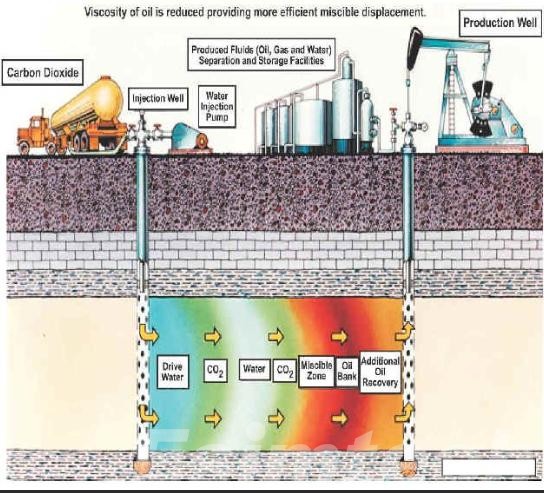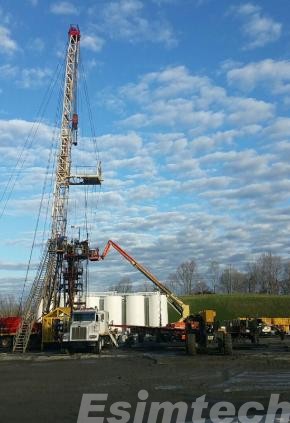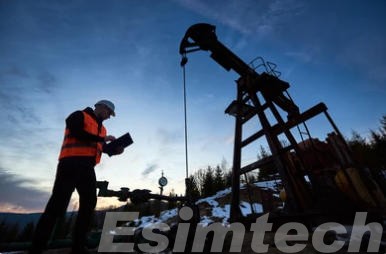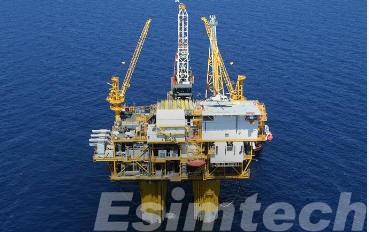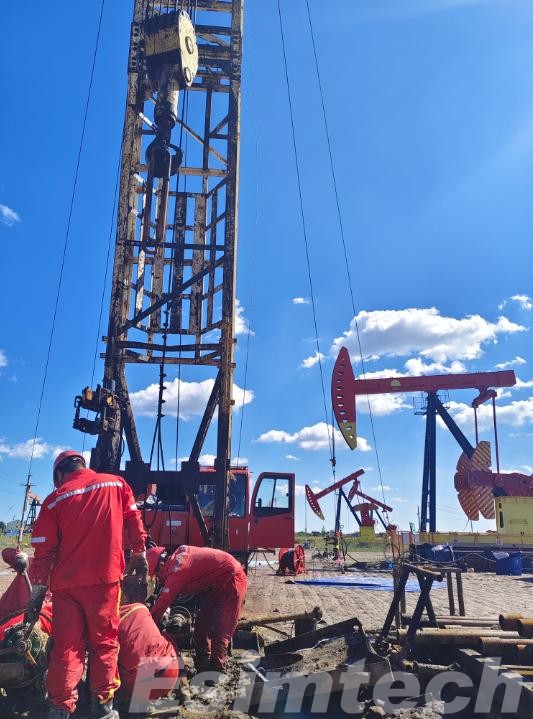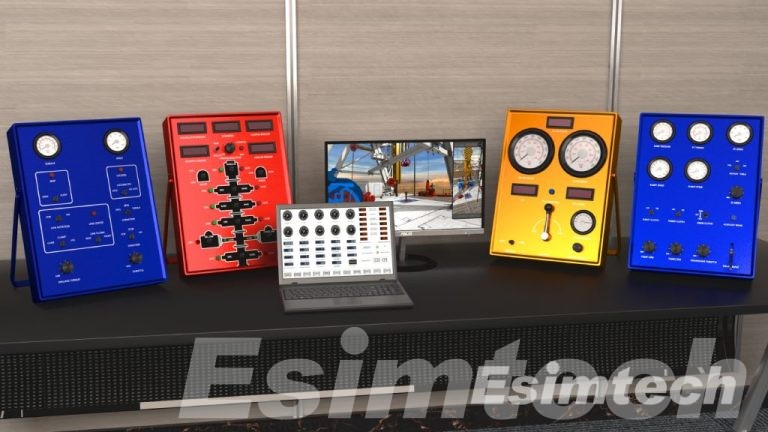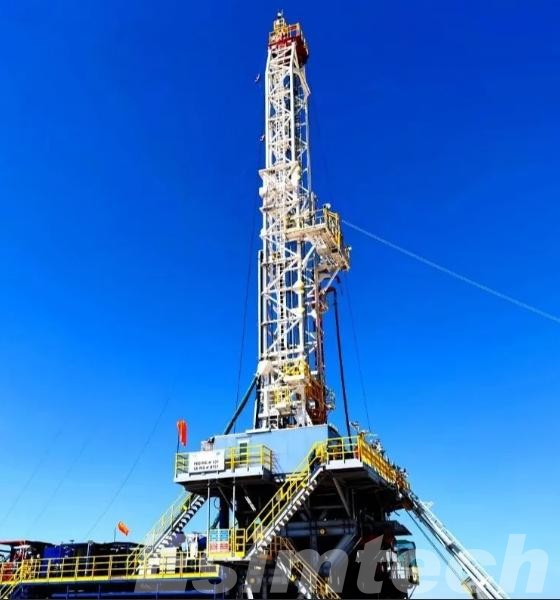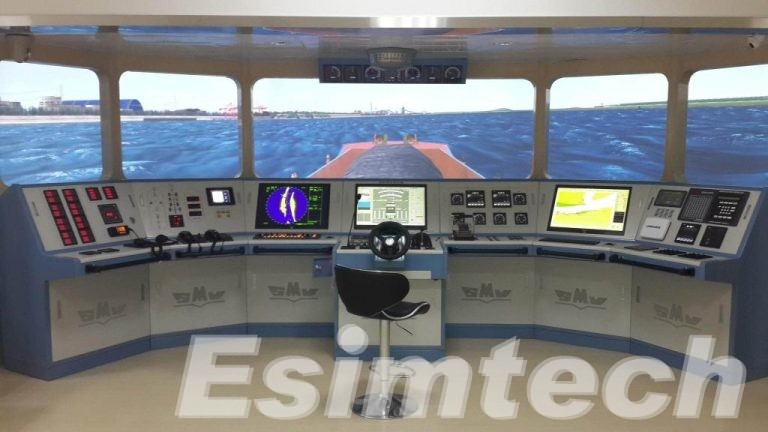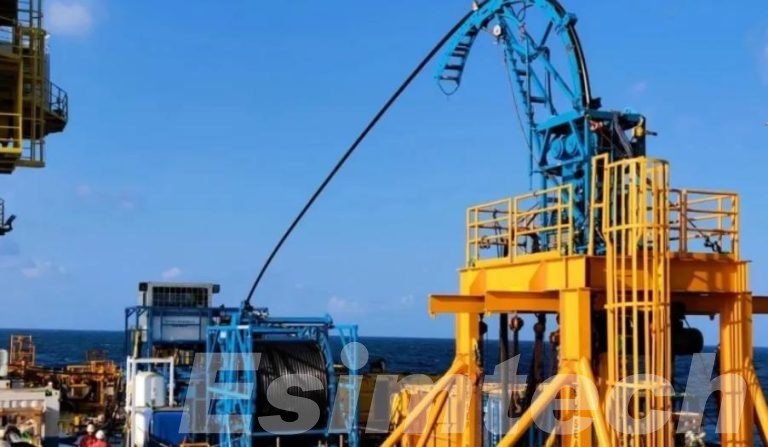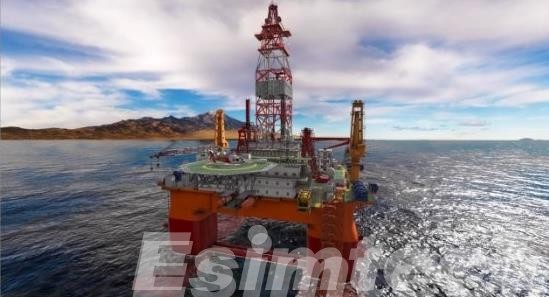Acidization of Oil and Gas Wells: Techniques, Benefits, and Risks Explained
Maximizing the productivity of wells is the gateway to profitability and sustainability in competitive oil and gas operations. One of the most effective means of achieving this is acidization of oil and gas wells. By applying chemical treatments judiciously, operators can restore and enhance the flow of hydrocarbons from reservoirs, even in damaged or older…

